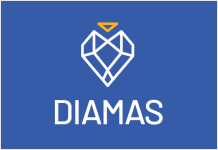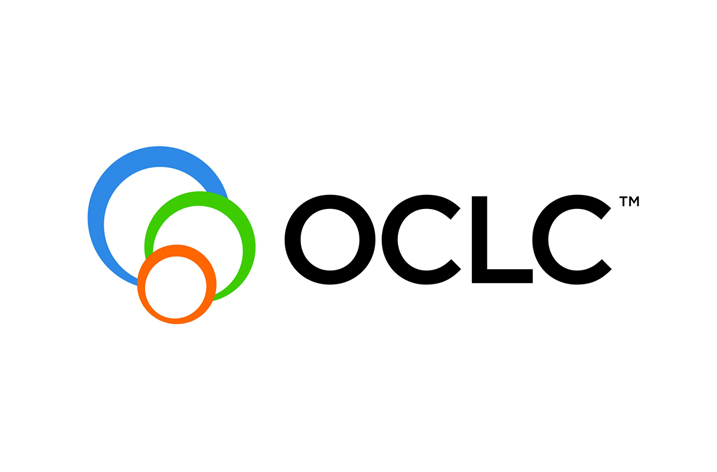
Demonstrates how the new Fields of Research classifications will perform in structuring the research on Aboriginal, Torres Strait Islander, Māori and Pacific Peoples for assessment
Clarivate Plc, a global leader in providing trusted information and insights to accelerate the pace of innovation, has released a regional landscape report highlighting the current trends in indigenous research across Australia, New Zealand and the Pacific Region. The report looks at the academics, affiliate institutions and regions that are contributing largely to indigenous research and identifies which journals publish this research. It also evaluates how the new Australian and New Zealand Fields of Research (FoR) classifications will perform in structuring indigenous research for assessment.
The report is based on data from the Web of Science Core Collection™, the flagship collection in the world’s largest publisher-neutral global citation database.
Key findings of the report include:
- Just over 1% of research produced by authors in the region is directly related to indigenous research.
- Indigenous research has a significantly lower citation impact than global or regional baselines. Indigenous research has a Category Normalized Citation Impact[1] (CNCI) of 0.65 when the baseline CNCI for all Australian and New Zealand research is more than twice that. (2010 – 2019).
- New Zealand has produced a larger number of research outputs in indigenous research than any individual Australian state. This may be as a result of New Zealand’s larger Māori population than the indigenous population size of Aboriginal Australia. However, when looking at the proportion of high impact research, New Zealand’s research on indigenous populations performs less well than the research produced by any individual Australian state.
- The Universities of Auckland, Sydney and Otago have produced the largest libraries of research by volume and have received more citations for their publications than any other organizations. With regard to the bibliometric impact, the University of Waikato, Griffith University, James Cook University and Monash University have the most impactful research.
- Under the new Australian and New Zealand Fields of Research (FoR) classifications, the areas of indigenous research most frequently published are Health and Wellbeing, Society and Community and Culture Language and History.
Mukhtar Ahmed, President, Science Group, Clarivate said: “Australia, New Zealand and the Pacific region covers a third of the earth’s surface and is home to over 1200 languages. We are proud to provide our insights on indigenous research on this diverse region and help the research community better understand and measure its research and innovation efforts. We will continue to work proactively with the research network in this region to drive world-class research and innovation.”
Download the full report entitled ‘The State of Aboriginal, Torres Strait Islander, Māori and Pacific Peoples Research’





















